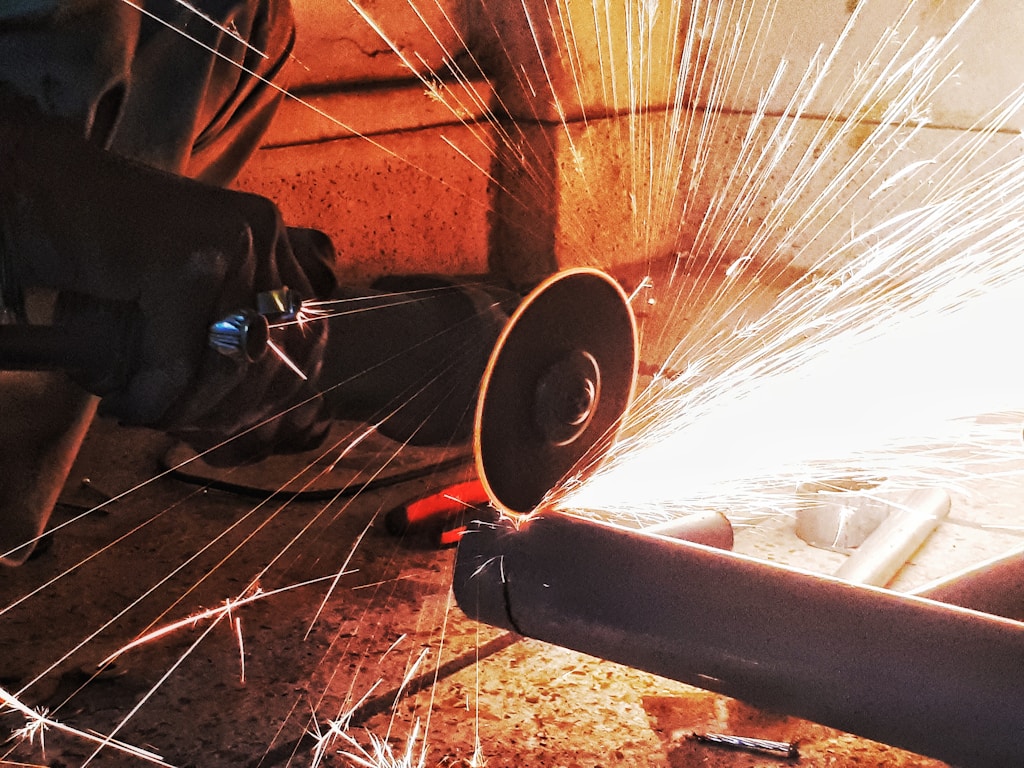AISI 630 stainless steel, also known as 17-4PH, is a material valued for its mechanical strength, hardness and mechanical properties, and good corrosion resistance. It enjoys great interest in many industries where the use of durable and reliable materials is necessary. What are the most important features and processing properties of AISI 630? Where is this material used?
- Basic information about AISI 630 stainless steel
- What are the physical and mechanical properties?
- Heat treatment and plastic working of AISI 630 steel
- AISI 630 stainless steel products and their use in various industries
Basic information about AISI 630 stainless steel
AISI 630 is a precipitation hardened stainless steel. Its exceptional properties and applications are determined primarily by its chemical composition. The martensitic structure of this material gives it very excellent mechanical properties and high corrosion resistance.
The most important elements in this steel alloy are chromium and nickel, with the addition of copper. This is a so-called martensitic steel, which is characterised by high hardness and strength. If necessary, it can be magnetised and hardened. This steel retains corrosion resistance while maintaining high strength properties.
Standards for specifying AISI 630 stainless steel
The type of steel in question is AISI 630 stainless steel, which also has a more popular trade name, 17-4PH. AISI 630 is a designation referring to the American standard (American Iron and Steel Institute). 17-4PH, on the other hand, refers to the chemical composition of this steel. PH is an abbreviation for Precipitation Hardening, which defines one of the most important properties of this steel. This type of hardening has a significant impact on the strength and hardness of this steel. As for the name 17-4, it is an abbreviation of 17-4PH, which is often found in technical documentation.
Another name referring to this type of stainless steel is UNS S17400. This is the UNS designation, or Unified Numbering System, in the general classification of metals. S is the designation for stainless steel, and the number is a unique code referring to 17-4PH.
What are the physical and mechanical properties?
When it comes to the mechanical and physical properties of these stainless steels, the most important ones include relatively good ductility with high yield strength, optimal density and elasticity. It is also impact resistant, so it is ideal for the construction of heavy duty machine components and elements exposed to high temperatures and dynamic loads.
Heat treatment of this steel can take place at a temperature of 29 to 343 degrees Celsius. This is the temperature range that allows the steel to be used in the desired way without losing the required mechanical properties and physical properties, maintaining relatively good parameters and yield strength.
It is also necessary to mention here several basic chemical properties of this stainless steel, i.e. good resistance to the process of material destruction, which reacts with various chemical substances or environmental factors causing material destruction.
Heat treatment and plastic working of AISI 630 steel
What can be said about the heat and plastic treatment possibilities of AISI 630 steel? Preparation of this steel for processing and later use requires prior supersaturation and ageing.
There is nothing to prevent this type of steel from being welded. However, in order to obtain durable and optimal effects, annealed material should be used for this purpose. This is important to obtain the correct structure of the steel.
If necessary, products made of AISI 630 stainless steel can be nitrided. However, it should be remembered that in this way a hardened layer is created, but the product may be more susceptible to corrosion.
The ageing process can take place in different conditions and at different temperatures. The temperature range here is very large and is from 470 to as much as 760 degrees Celsius in air in a different time range from 1 to 4 hours.
AISI 630 can also be forged and rolled at temperatures from 1150 to 900 degrees Celsius with air cooling, and annealed at temperatures from 1010 to 1055 degrees Celsius with air or oil cooling.
AISI 630 stainless steel products and their use in various industries
AISI 630 stainless steel enables the production of high-quality, strong and durable forged, round and flat bars, sheets, forgings, and cold-rolled strips.
This stainless steel can also be used to produce ready-made elements used in the marine, energy, aviation, paper, offshore and even food industries. The most common products include turbine blades, clutches, screws, nuts, measuring devices, drive shafts and many elements of heavy machinery used in various industries.
In summary, AISI 630 is a very versatile alloy, because it has exceptional chemical, physical and mechanical properties. It is also a material with a suitable structure, which allows it to be used in heavy industry and at the same time meet the stringent requirements imposed by various building and construction regulations.

